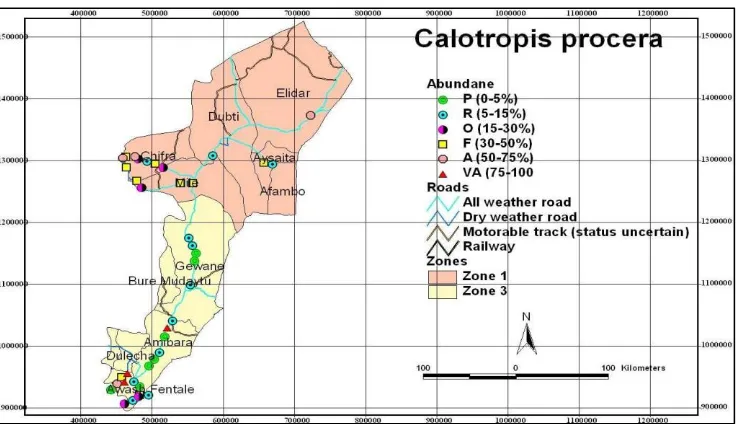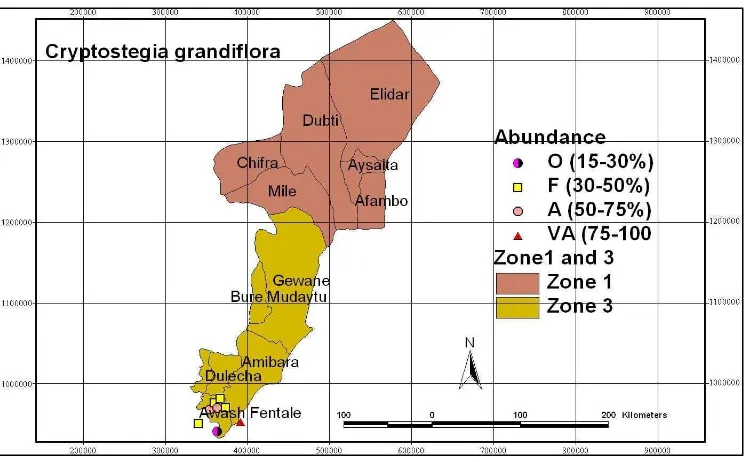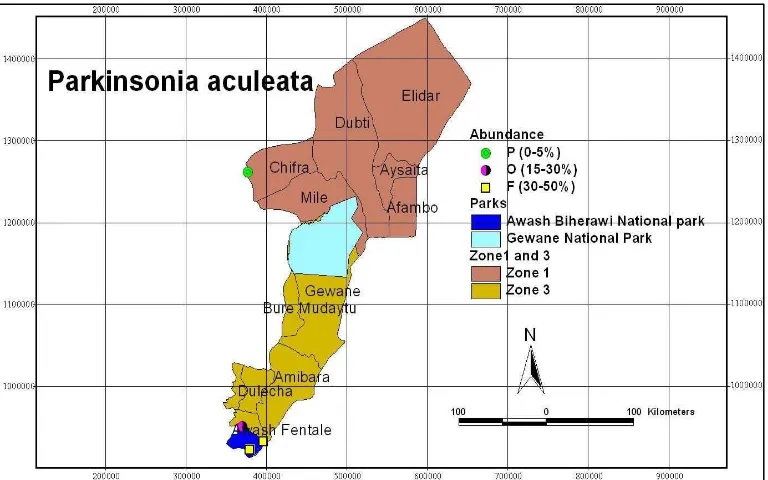Assessment on the distribution and spread of invasive alien plant species: the case of Zone 1 and 3 of the Afar region, Ethiopia
Full text
Figure




Related documents
National Conference on Technical Vocational Education, Training and Skills Development: A Roadmap for Empowerment (Dec. 2008): Ministry of Human Resource Development, Department
actors, who all put so much effort and time towards the production of my film, I know that it was. just not possible due to the financial limitations of
effort to develop few novel hybridized derivatives of murrayanine (an active carbazole derivative) by reacting with various small ligands like urea, chloroacetyl chloride,
Twenty-five percent of our respondents listed unilateral hearing loss as an indication for BAHA im- plantation, and only 17% routinely offered this treatment to children with
CNS involvement as defined by the detection of malignant plasma cells in the cerebrospinal fluid (CSF) occurs in about 1% of patients and includes localized
After successfully supporting the development of the wind power technology, an approach is needed to include the owners of wind turbines in the task of realizing other ways, other
There are infinitely many principles of justice (conclusion). 24 “These, Socrates, said Parmenides, are a few, and only a few of the difficulties in which we are involved if
19% serve a county. Fourteen per cent of the centers provide service for adjoining states in addition to the states in which they are located; usually these adjoining states have





